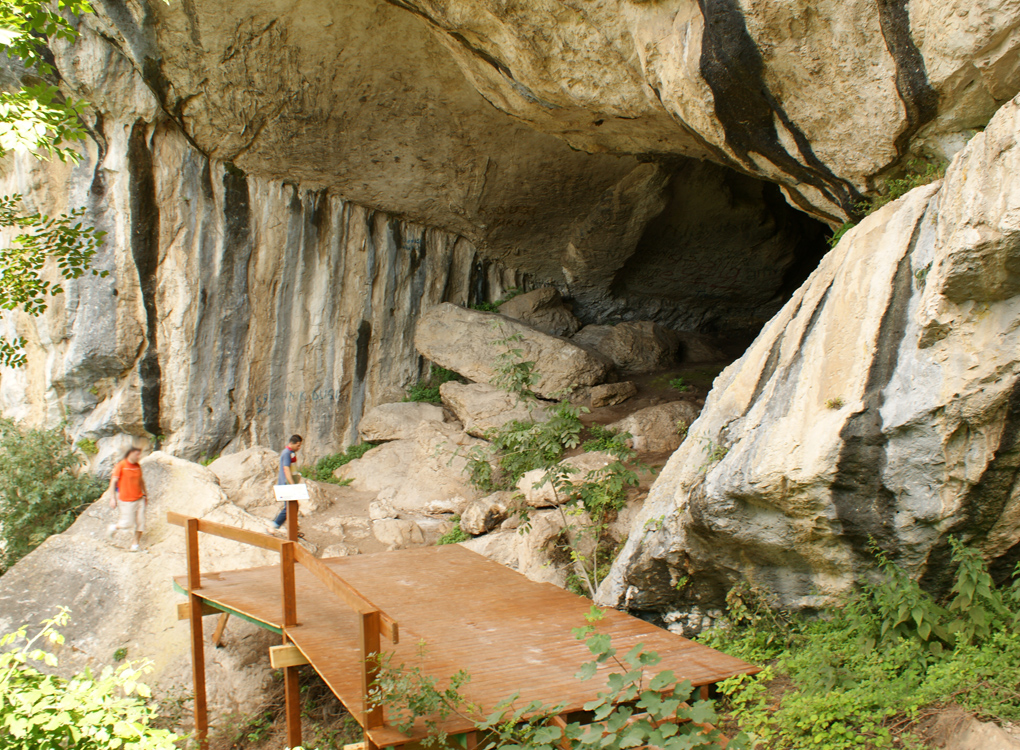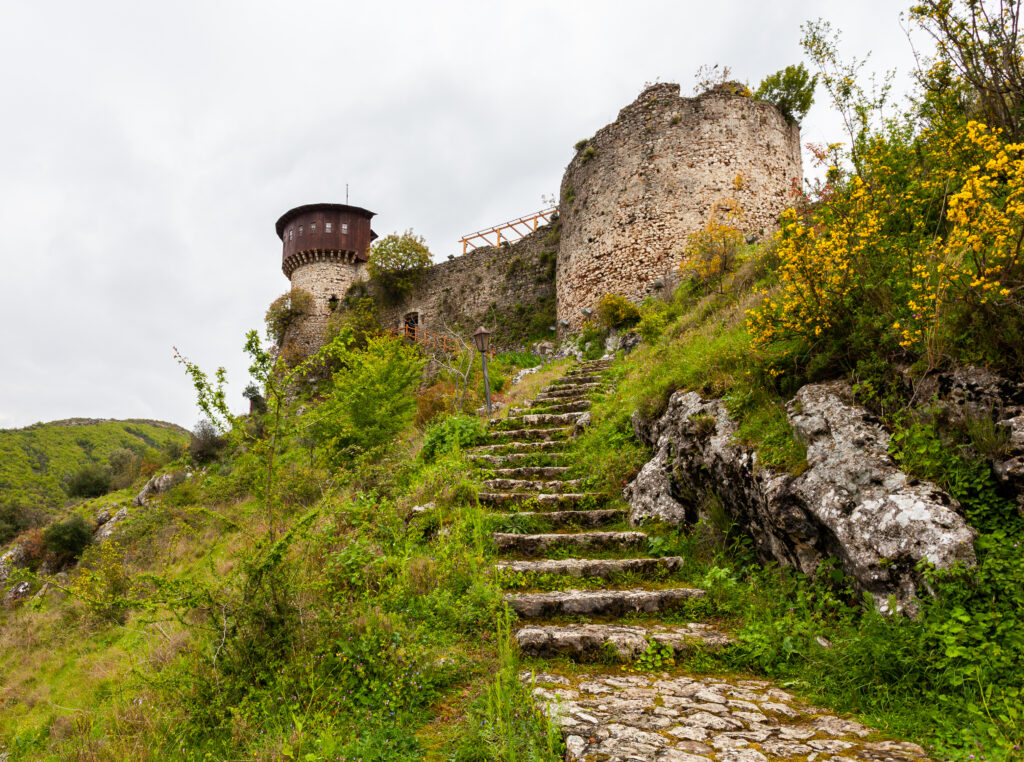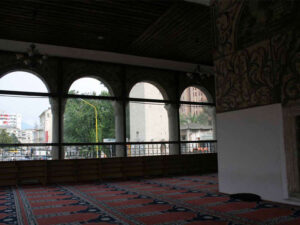Tirana — From Ancient Plain to Modern Capital
1. Prehistoric Roots (Neolithic Period, ca. 4000–3000 BCE)
Long before there was a city, the Tirana plain was a fertile basin between the Adriatic coast and the central Albanian highlands. Archaeological finds — stone tools, polished axes, and painted pottery — from the Lapraka area and the Pëllumbas Cave indicate that the first settlers practiced mixed farming and hunting here as early as the late Neolithic.

Reference: Muzeu Historik Kombëtar, Sektori i Parahistorisë; Neritan Ceka, Ilirët (2005), pp. 25–27.
2. Illyrian Era (4th–3rd century BCE)
By the Iron Age, this region was part of the territory of the Parthini, an Illyrian tribe mentioned by classical authors.
-
Petrela Fortress, perched above the Erzen valley, guarded the approaches to the Tirana plain.
-
Fortified hilltop settlements (castella) are documented on Mount Dajti and Ndroq, controlling routes toward Durrës and the Shkumbin valley.
These strongholds were part of a defensive network resisting Macedonian and later Roman expansion
Reference: Neritan Ceka, Ilirët, pp. 132–136; Apollonius of Rhodes, Argonautica, mentions Illyrian tribes in these regions.
3. Roman Period (1st century BCE – 4th century CE)
After Rome absorbed the Illyrian territories, the Tirana plain became a productive agricultural hinterland.
-
A branch of the Via Egnatia ran near modern Tirana, linking Dyrrachium (Durrës) to inland stations.
-
Archaeologists have found remains of villae rusticae (rural estates), olive presses, and ceramic kilns in Kashar, Ndroq, and Zall-Herr.
This Roman rural economy integrated the area into Mediterranean trade.
Reference: Aleksandra Mano, Monumente të Kulturës në Shqipëri (1984), pp. 47–50.
4. Early Byzantine & Medieval Period (5th–15th century CE)
With Christianity’s spread, the Tirana plain saw the construction of early basilicas, such as those at Ndroq and Bërzhitë. These communities were tied to Durrës, the major Byzantine port.
From the 9th–14th centuries, the area was under shifting control — Byzantine, Bulgarian, Serbian, and local Albanian feudal lords.
-
Petrela Castle was reinforced in the late Middle Ages, serving as a watchpoint against Ottoman incursions.
Reference: Kristo Frashëri, Historia e Tiranës (2004), pp. 33–45.

5. Ottoman Records Before the City’s Founding (15th–16th centuries)
Ottoman defter tax registers from 1431–1432 already mention “Tirana e Madhe” and “Tirana e Vogël” as rural settlements.
The fertile plain was dotted with villages producing grain, olives, and livestock, supplying both Durrës and the interior.
Reference: Injac Zamputi, Regjistrime të shek. XV për zonën e Tiranës, Akademia e Shkencave (1977).
6. Official Founding of Tirana (1614)
In 1614, Sulejman Pasha Bargjini, a local feudal lord serving the Ottoman administration, transformed a market village into a town by building:
-
A mosque (on the site later expanded into the Et’hem Bey Mosque)
-
A hamam (public bath)
-
A bakery and shops around a central market square
This became the nucleus of the modern city.
Reference: Akademia e Shkencave e Shqipërisë, Historia e Shqipërisë, vol. III (2007), pp. 230–231.

7. Rise as Capital (20th century)
-
In 1920, Tirana was chosen as the temporary capital of Albania — a status later made permanent.
-
The city expanded rapidly during the interwar years, then again under socialist urban planning after 1945, and into today’s sprawling metropolitan area.
At a Glance: Tirana’s Age
-
As a city: ~411 years (founded 1614)
-
As an inhabited plain, over 6,000 years of continuous human presence
Other News to Read
What to do in December 2025 in Tirana
As winter wraps Tirana in its gentle embrace, December unveils a city adorned with twinkling lights, vibrant markets,…
Tirana Heritage Roots
Using modern technology, drone footage, Google Maps, and video storytelling, the project will document the ancient walls, ruins,…
What to do in November 2025 in Tirana
Festive November or Red and Black month. The month in which Albanians celebrate their Independence Day and Liberation…